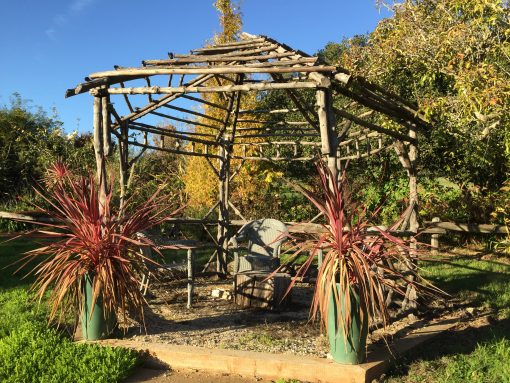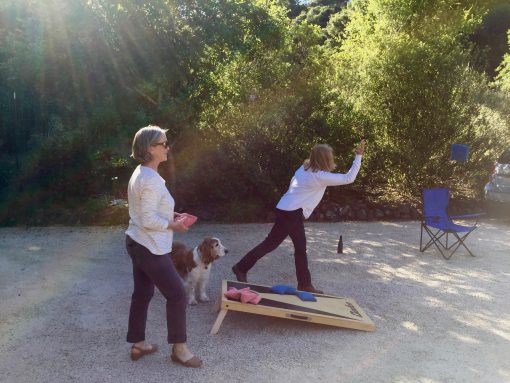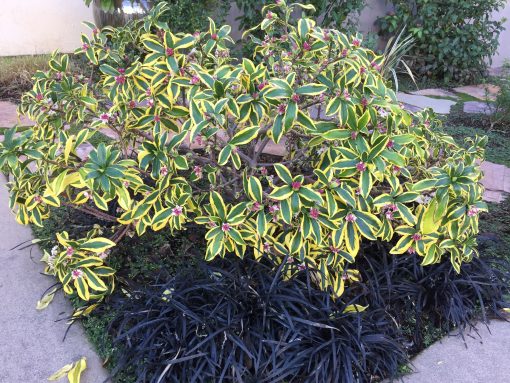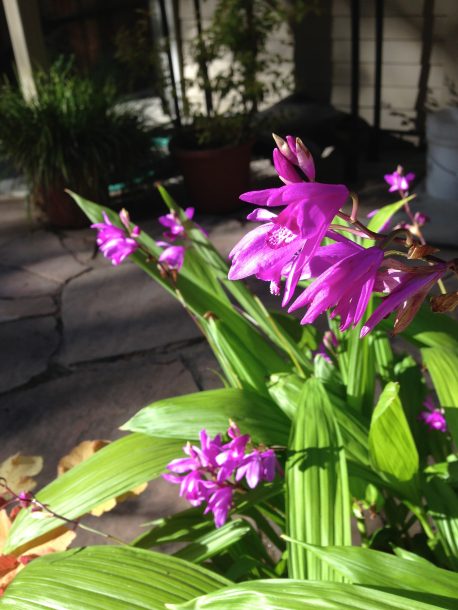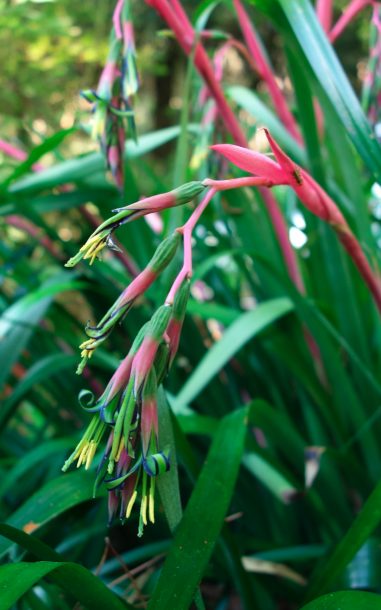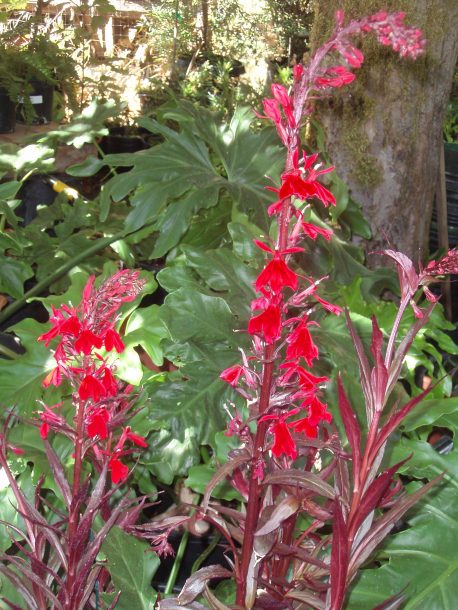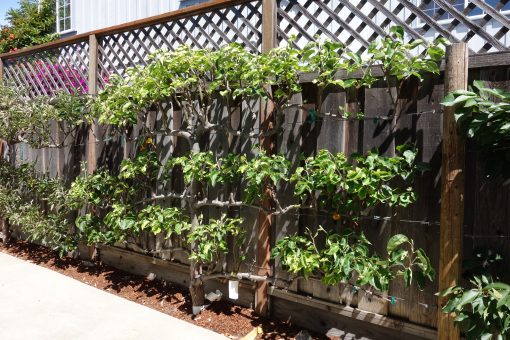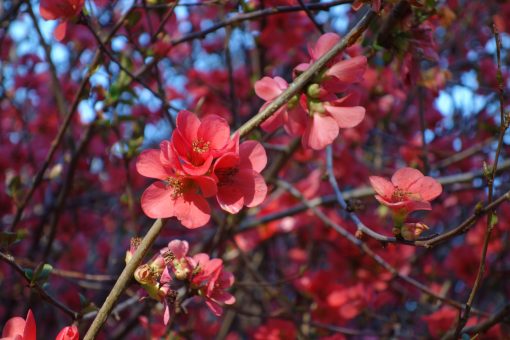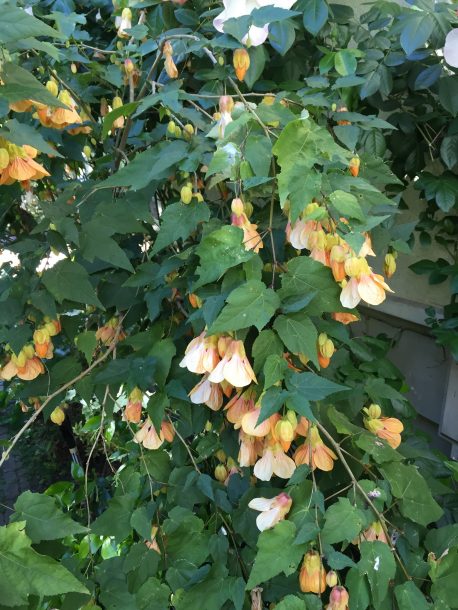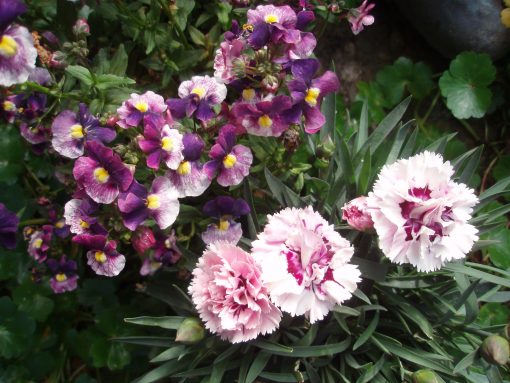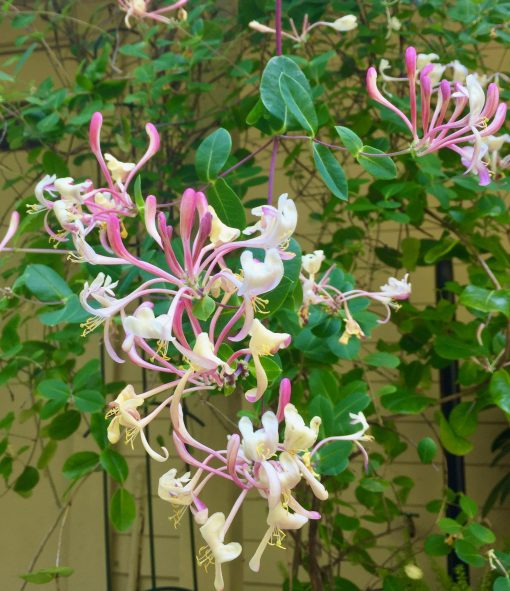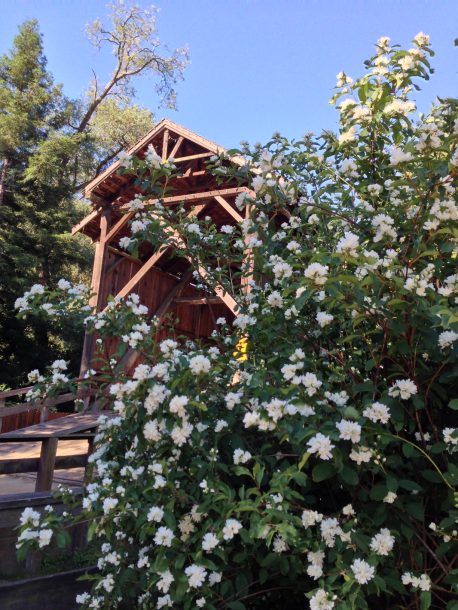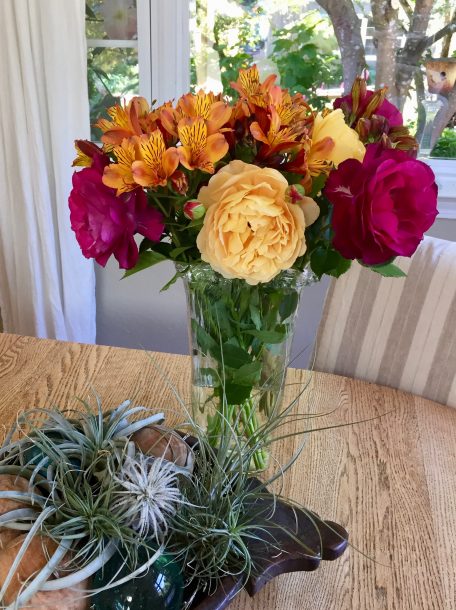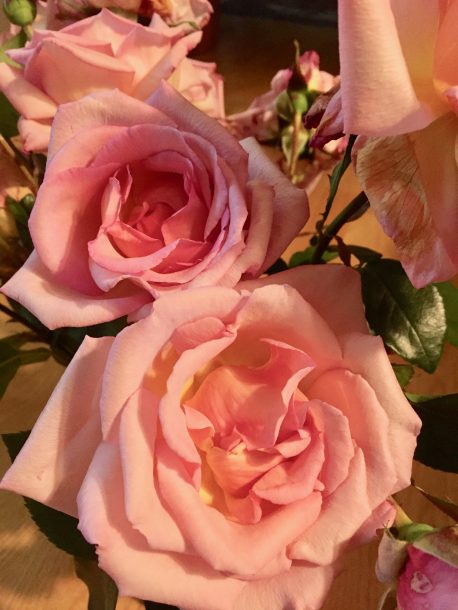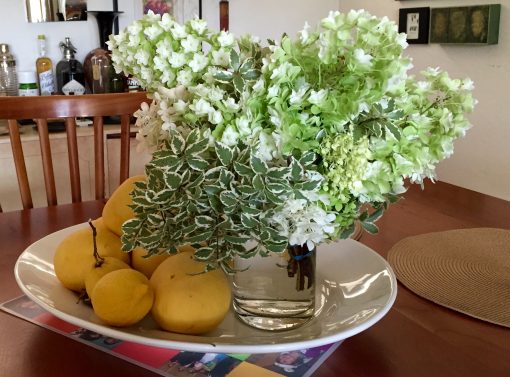Since writing my first column in October 2005 I have shared with you, my good readers, many a gardening tip, confession, aspiration, resolution, success story and utter failure in my garden. We live and learn from our mistakes. We gardeners love to swap stories and sometimes I learn as much from you as you do from me.
Gardeners are eternal optimists. Why else would we plant a tree, a seed or a garden?
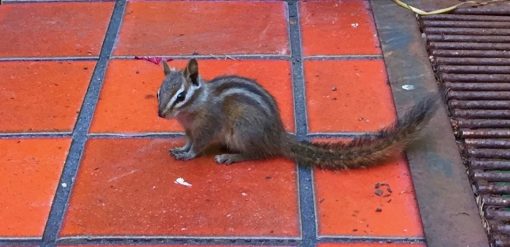
Right now I?m suffering from the too-much-of-a-good-thing syndrome. No, I?m not talking about an overly productive zucchini or plum crop but my chipmunk population. I feed a lot of birds and try to grow as many plants that attract wildlife as I can. But it?s just possible that between this year?s abundance of rainfall and the resulting explosion of seeds and nuts from conifers in our area that the chipmunks have produced larger litters this year. Don?t get me wrong. I love my Merriam?s chipmunks. If you are interested I can email you the very short list of ornamental plants they don?t eat. At this point it consists of lantana, lewisia and loroptealum. I can tell you they love basil and parsley but who doesn?t? I?ve covered those pots with upside down gopher baskets secured with shish kabob skewers and so far it?s working.
With Guatemala and Honduras in the news I recall my trip there in 2007. On Utila, an island off the coast of Honduras, I noticed plants growing in washing machine baskets. I thought it was a clever way to re-use old appliances but wondered why there were so many old washing machines on a tiny island. A local laughed and told me the baskets protect their plants from the big blue crabs that come out at night. Seems the crabs will sever the stem right at ground level and drag the whole plant into their hole. Also the baskets protect the plants from the iguanas who will eat anything within two feet of the ground. And you thought deer, gophers and rabbits were a problem?

I get emails often from readers asking for advice. I?m happy to problem solve anyway I can. Text me a picture and if I can help, I will. Over the years, Lompico resident, Tom Miller, has reached out many times with gardening questions. Several years ago he posed with his collection of The Mountain Gardening columns that he cut out of the paper and saved. Sitting on his deck with all the clippings and flowering pots, it?s quite a testament to his loyalty. So Tom, are you still saving my columns now that I?m up to 700 of them or have you run out of space on your desk?
I have to give you an update on my moss-covered retaining wall that I started several years ago. With the rainfall this year and the year before last, the moss grew nicely during the winter and spring. This is despite my dog Sherman licking most of the moss starter slurry off initially. I still remember looking back at the wall after painting on the moss/buttermilk mixture ala Martha Stewart?s instructions and seeing him licking it all off. Even adding hot sauce to the mixture didn?t slow him down but I guess enough moss spores survived as the wall looks pretty good during the wet season.

So between watching the quail and their walnut-sized babies on legs and the recent visit from a young bobcat watching me at my drafting table, I?ve managed to write 700 columns for The Press Banner. Hopefully, I?ve addressed your particular gardening problem but if not, send me an email like Helen of Spring Lakes did this winter and I?ll get right on it.

